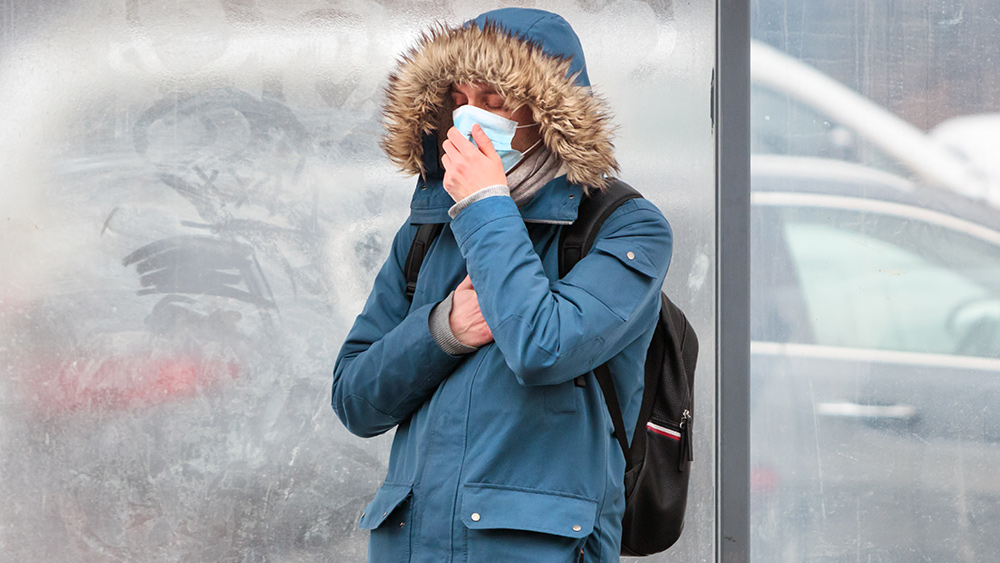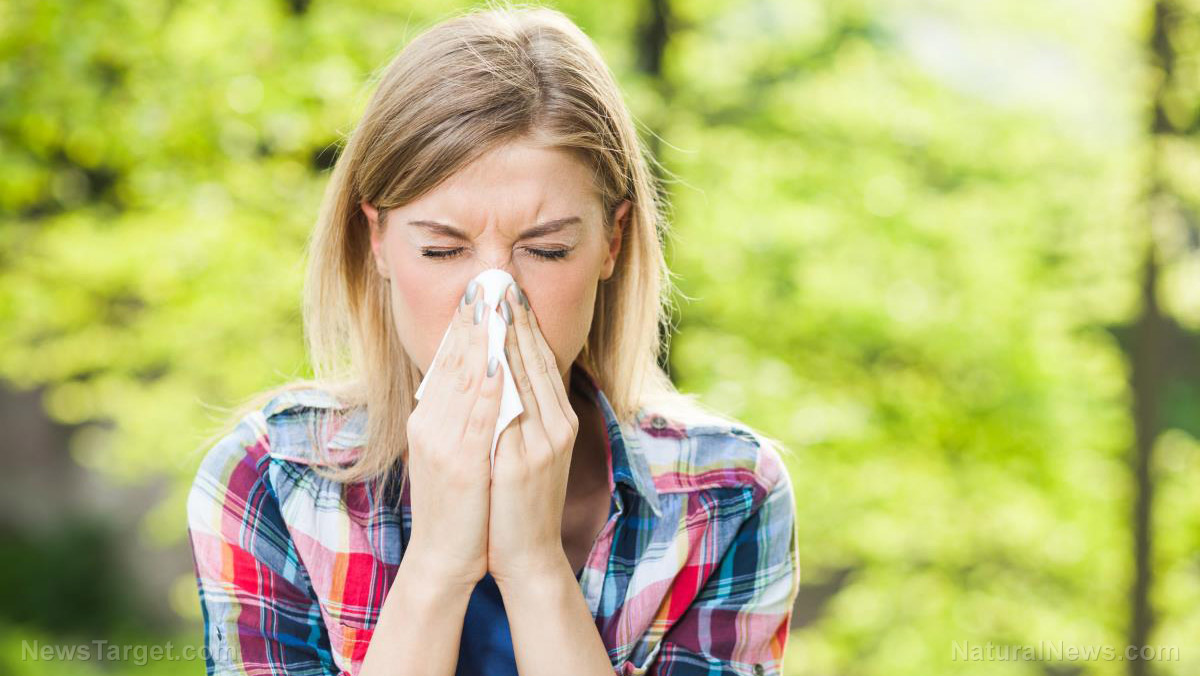One-two punch of coronavirus and flu could send America’s healthcare system into shock
06/23/2020 / By Franz Walker

With the Wuhan coronavirus (COVID-19) pandemic still raging, U.S. health officials are warning that the coming fall flu season “could place a tremendous burden” on the country’s already strained healthcare system.
The warning comes from a prepared testimony that a number of top health officials including Dr. Robert Redfield, director of the Centers For Disease Control (CDC), and Dr. Anthony Fauci, director of the National Institute of Allergy and Infectious Diseases are set to give to the House of Representatives on Tuesday.
Flu could make the COVID-19 pandemic worse
According to the prepared testimony, Fauci and Redfield, alongside Food and Drug Administration (FDA) commissioner Stephen Hahn and Department of Health and Human Services Assistant Secretary Adm. Brett Giroir, will tell Congress that the duration of the pandemic is unknown. This is on top of stating that a coronavirus vaccine that can be distributed widely is not imminent, despite the president pushing for one by the end of the year.
“The rigorous clinical testing required to establish vaccine safety and efficacy means that it might take some time for a licensed SARS-CoV-2 vaccine to be available to the general public,” explains that testimony. “The Covid-19 response currently is focused on the proven public health practices of containment and mitigation.”
Flu already overwhelms healthcare systems on its own
The U.S. flu season usually occurs in the fall and winter, with activity peaking between December and February, according to data from the CDC. The overall impact of the flu season varies from year to year.
In bad years, however, flu surges can overwhelm hospitals and healthcare systems. For example, during the 2017 to 2018 flu seasons, reports came in of hospitals all over the country flying in nurses from other states, erecting tents in parking lots and sending incoming ambulances to other facilities because they were overloaded with patients. The CDC estimates that between 46,000 and 95,000 Americans died from the flu that season. (Related: Mass vaccination for influenza a failed strategy, scientists admit… it simply doesn’t reduce influenza-related hospital admissions at all.)
With this in mind, experts fear that this year’s flu season may be worse thanks to the ongoing pandemic. America could end up facing two epidemics at the same time, precipitating into a crisis unlike any other.
“The worst-case scenario is both [COVID-19 and the flu] are spreading fast and causing severe disease, complicating diagnoses and presenting a double burden on the health care system,” said Marc Lipsitch, an epidemiologist at the Harvard T. H. Chan School of Public Health.
Both COVID-19 and influenza share similar symptoms — including fever, cough and fatigue. These similarities, however, are mostly superficial. The pathogens use different receptors to highjack cells and gain access to the body. As a result, the coronavirus could enter one way while the flu slips in through another.
Normally, the risk of a coinfection from two respiratory viruses is low. However, as University of Hong Kong epidemiologist Ben Cowling explains, the risk gets higher when two viruses are circulating heavily in the same region.
“It’s possible you could get infected with both at the exact same time—if you’re having a really bad day,” he said.
Such coinfections have already happened. In April, a study of 1,200 patients in northern California found that one in five people who were diagnosed with COVID-19 were coinfected with another respiratory virus.
CDC is expanding testing to help deal with a double outbreak
To help deal with the expected increase in cases should the epidemics overlap, the CDC has developed a test that can check for both viruses at the same time, according to the joint testimony. The agency has already requested emergency authorization from the FDA to use it.
“This will save public health laboratories both time and resources, including testing materials that are in short supply,” the officials said in the testimony.
They added that current efforts are focused on “scaling up testing capabilities” to ensure that states have the testing capabilities and equipment that they need in accordance with their individual reopening plans.
Sources include:
Tagged Under: CDC, coronavirus, covid-19 flu, disease, epidemic, Flu, Flu Season, health care, hospitals, infections, influenza, NIAID, outbreak, pandemic, superbugs, USA, virus
RECENT NEWS & ARTICLES
COPYRIGHT © 2017 INFLUENZA NEWS



















